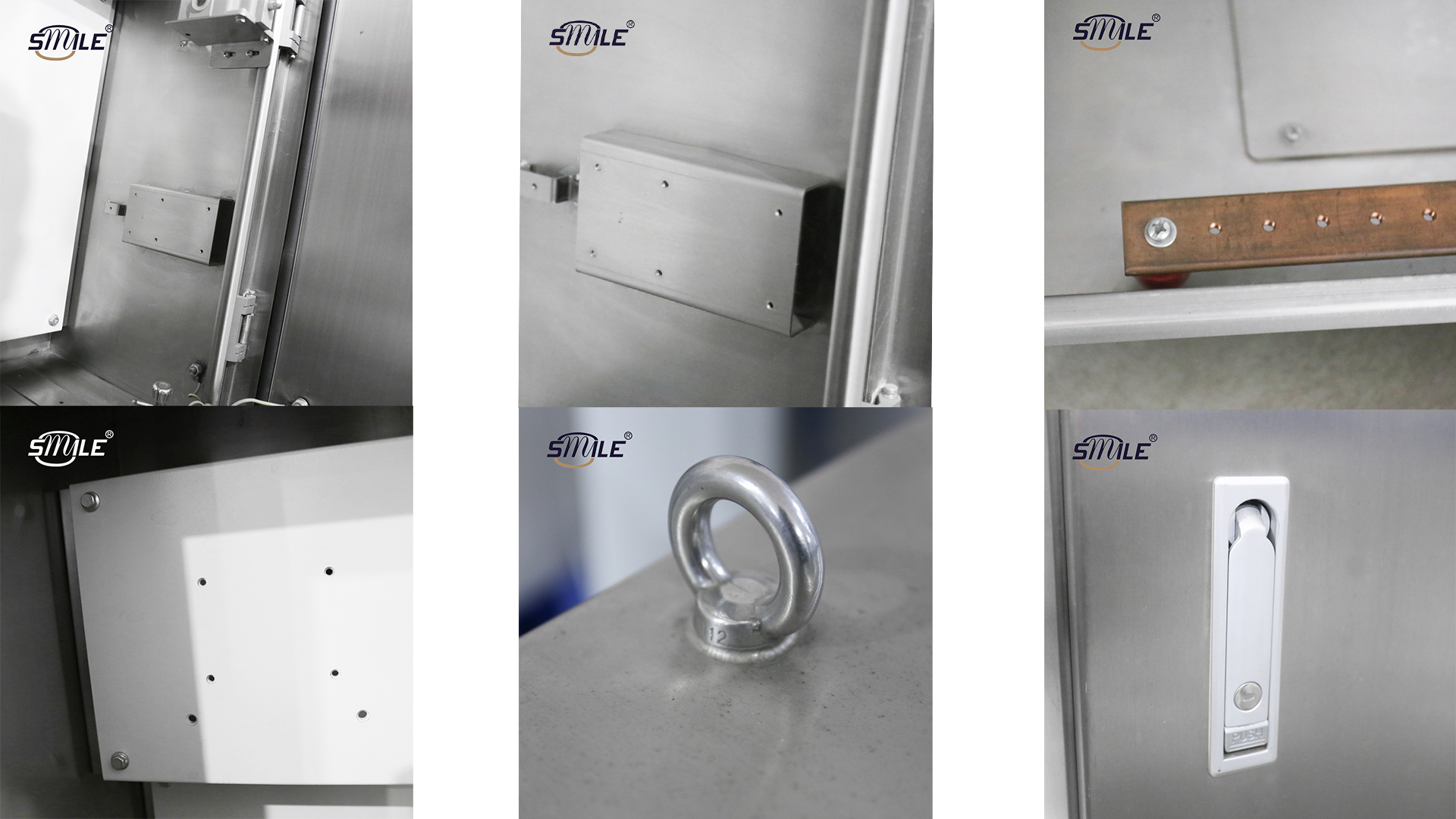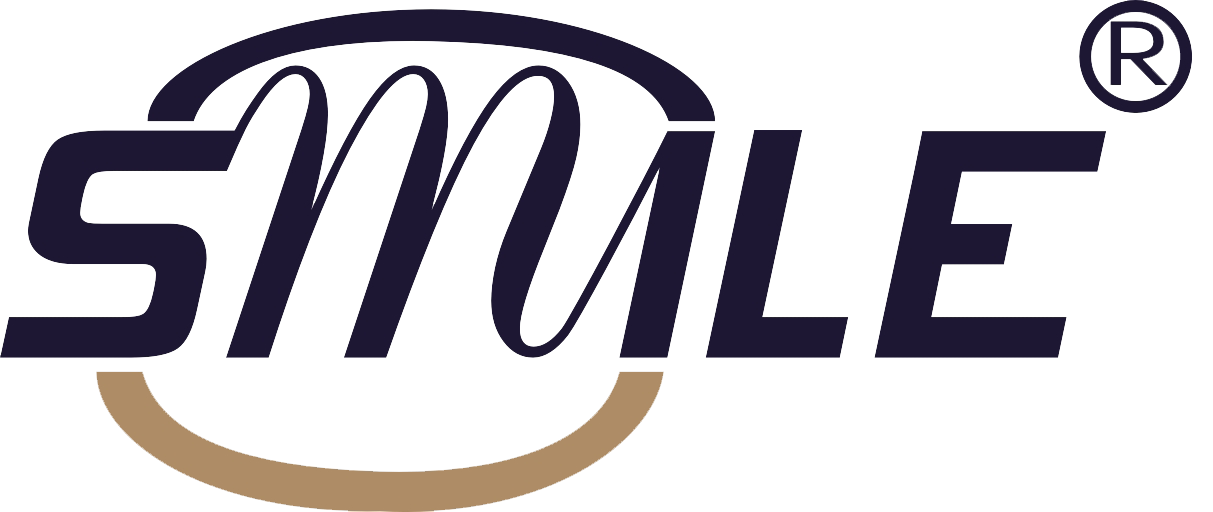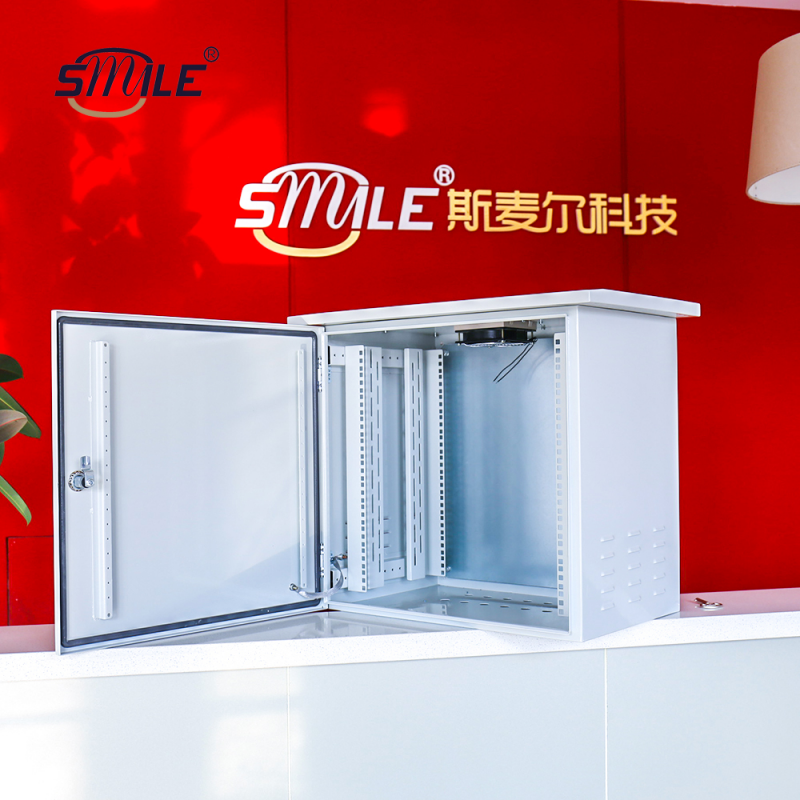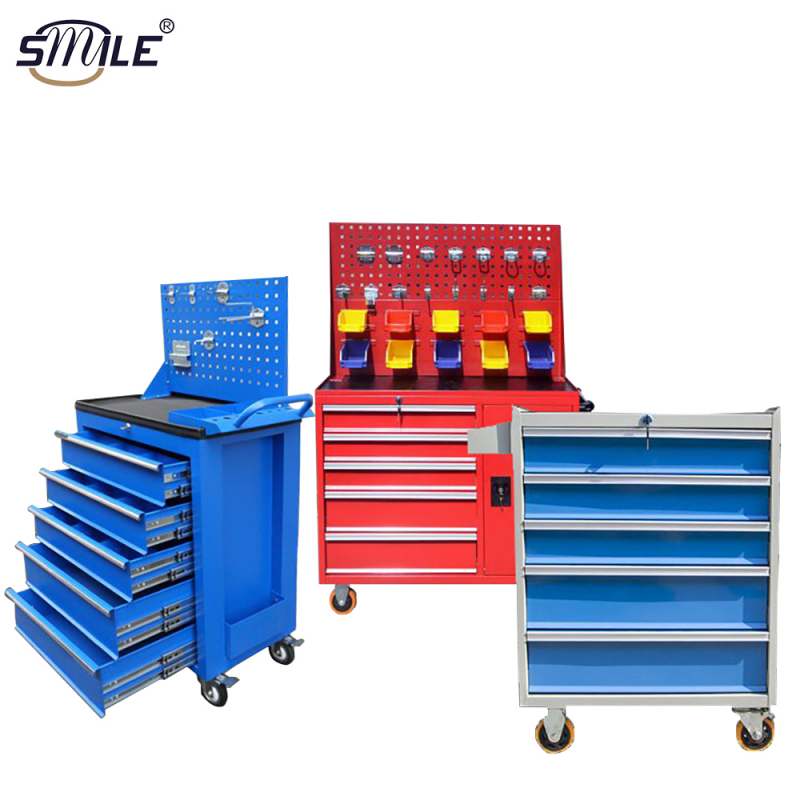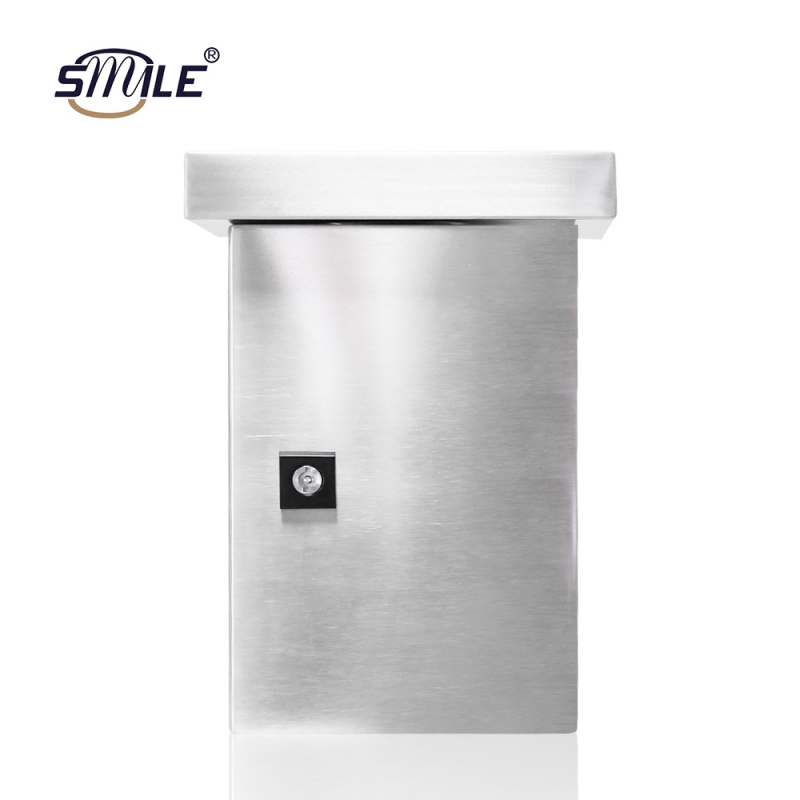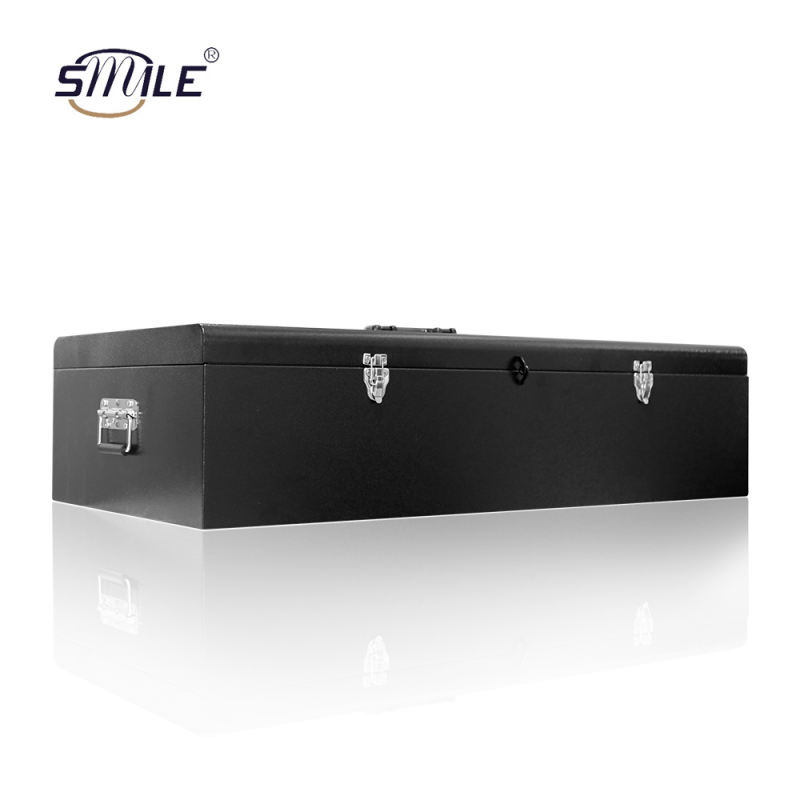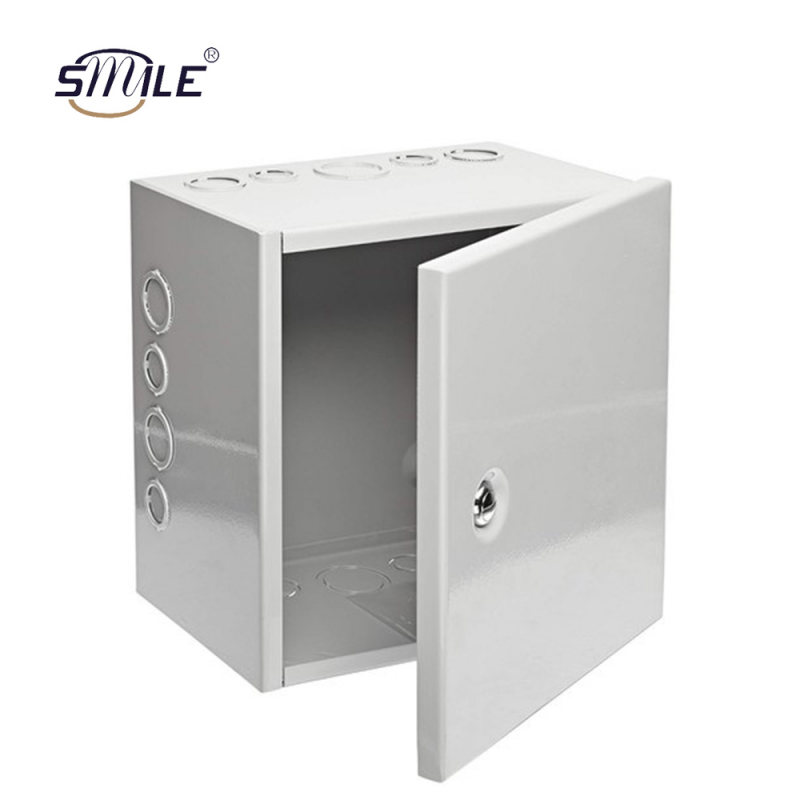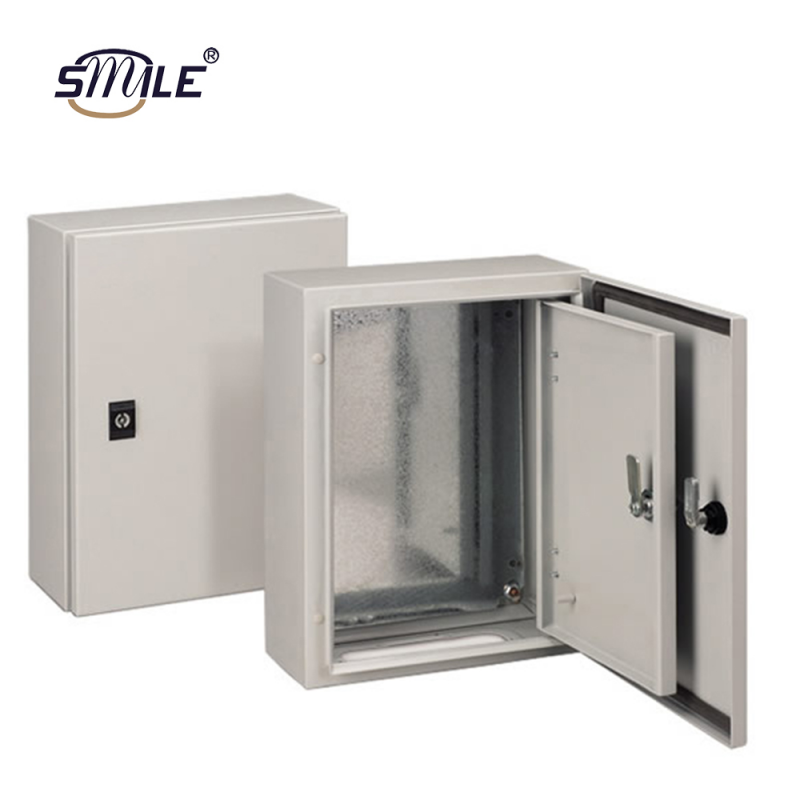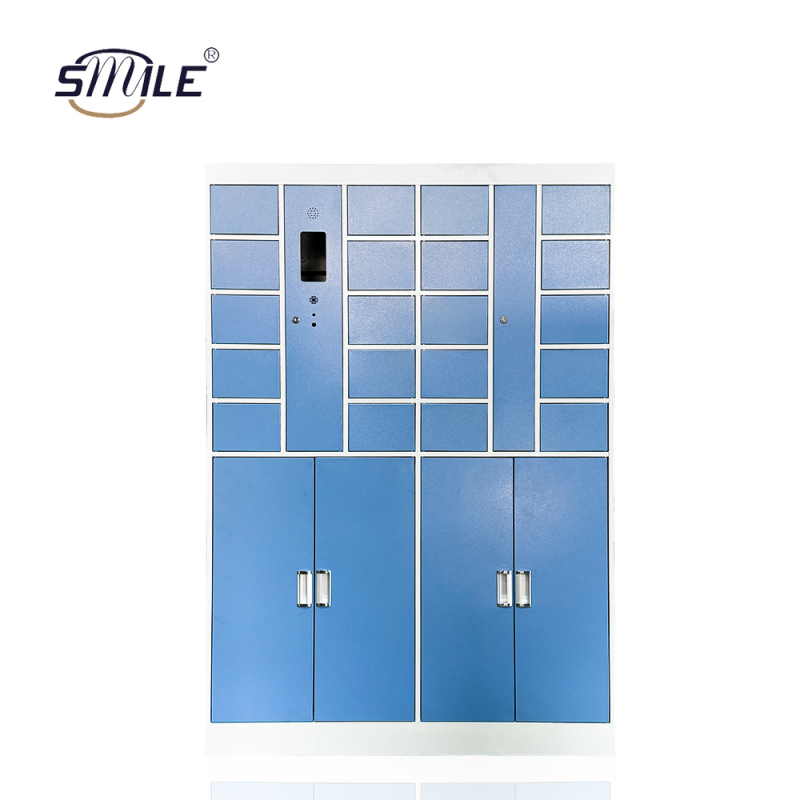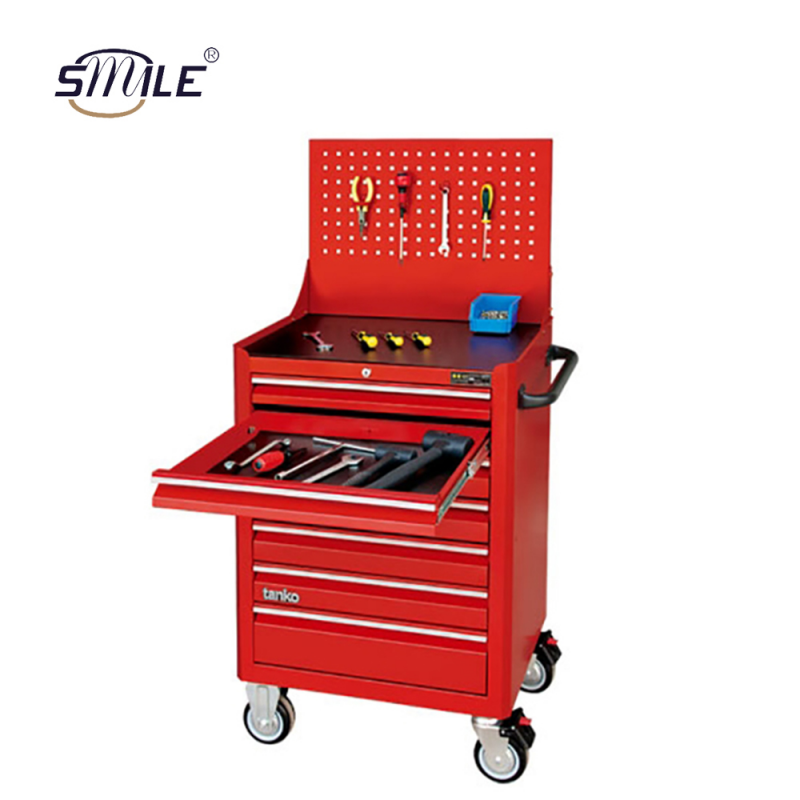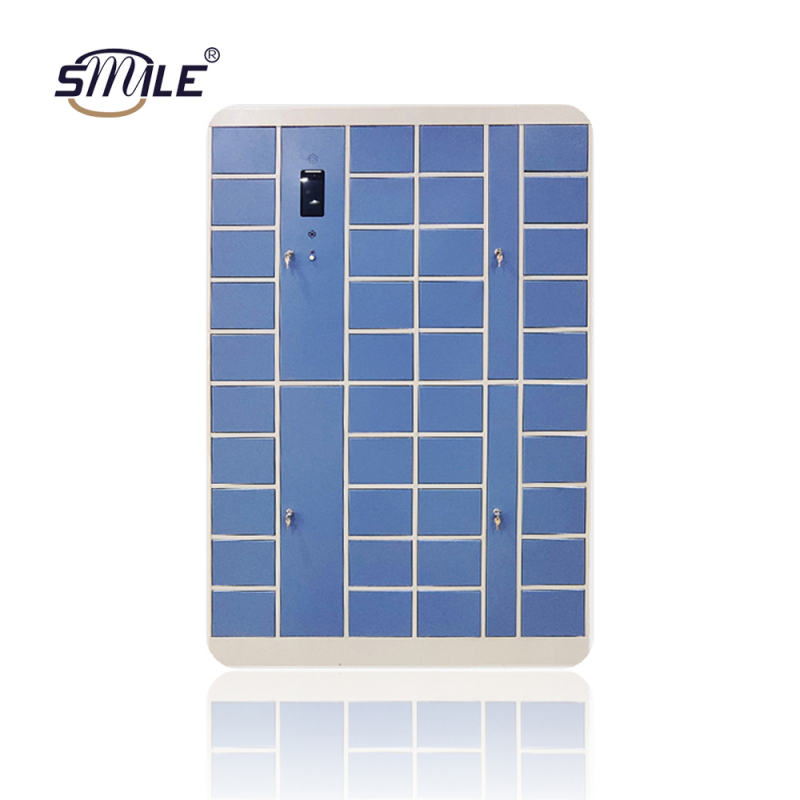Designing a sheet metal enclosure involves multiple aspects. Here are the detailed design steps:
I. Determine Requirements and Design Objectives
Define product functions
Consider the characteristics of internal equipment. For example, the enclosure of electronic equipment needs to take into account heat dissipation and interface layout. The enclosure of an industrial controller needs to reserve appropriate positions and openings for buttons, display screens, etc., to protect internal components from interference. CHNSMILE designs precisely based on this.
For example, when designing a sheet metal enclosure for an industrial controller, appropriate positions and openings need to be reserved for various control buttons, display screens, and interfaces. At the same time, it must ensure that the enclosure can effectively protect the internal electronic components from dust, moisture, and physical impacts. When CHNSMILE designs such enclosures, it will fully investigate the specific needs of the internal equipment to ensure the accuracy of the design and meet the unique functional requirements in any specific field.
2. Consider the usage environment
Analyze the impact of the environment. Outdoor communication base station enclosures in the telecommunications field need to be waterproof, dustproof, corrosion-resistant, etc. Equipment enclosures in the industrial environment need to be resistant to high temperatures and chemical erosion.
CHNSMILE has extensive experience in designing enclosures for different usage environments and can provide appropriate solutions according to the actual situation to ensure that the enclosure can stably protect the internal equipment in various complex environments.
3. Determine size and shape requirements
Determine the size and shape of the enclosure based on the internal equipment, ergonomic and aesthetic factors. The enclosure of medical equipment should be small, portable, and ergonomic. The enclosure of mechanical equipment needs to consider strength, stability, and operational convenience.
CHNSMILE focuses on creating an aesthetically pleasing and ergonomic enclosure shape and size while meeting functional requirements, making it highly applicable in different fields.
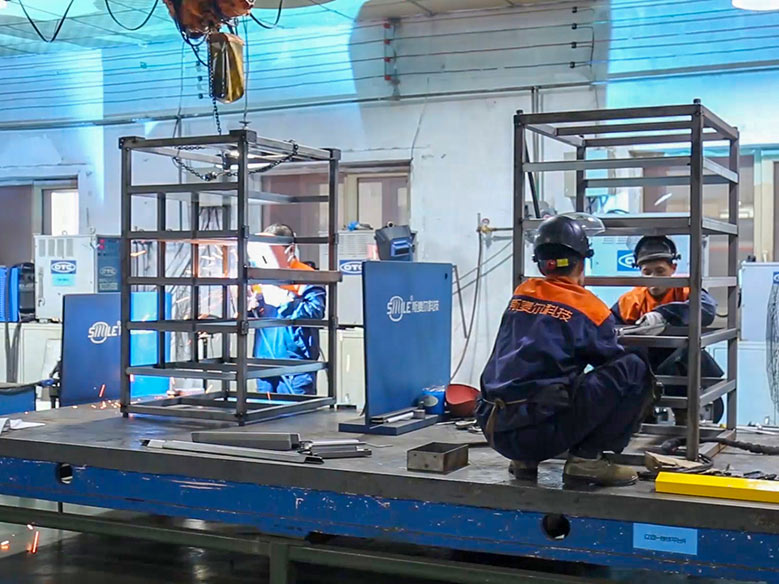
II. Material Selection
Characteristics of common sheet metal materials
Cold-rolled steel: It has good processing performance and strength, and the price is relatively low. The surface can be treated with spraying, electroplating, etc., to improve corrosion resistance and aesthetics. It is suitable for most industrial and commercial applications. In some equipment enclosures where cost control is more important and the environment is relatively good, such as ordinary office equipment enclosures, it is widely used.
Hot-rolled steel: It has higher strength, but the surface quality is relatively poor and usually requires more processing. It is often used in heavy machinery and structural parts, such as the enclosure structure of large construction machinery.
Stainless steel: It has excellent corrosion resistance, strength, and aesthetics. It is suitable for occasions where high appearance requirements or harsh environments are involved. However, the price is relatively high. It is often used in high-end electronic equipment, food processing equipment, or medical equipment fields where strict requirements for hygiene and corrosion resistance are imposed.
Aluminum alloy: It is lightweight, high in strength, and has good thermal conductivity. It is easy to process and form. It is suitable for products that require lightweight design, such as electronic equipment and aerospace fields. In the aerospace field, lightweight is a key factor. Aluminum alloy sheet metal enclosures can effectively reduce the weight of aircraft while meeting strength requirements. In the field of electronic equipment, such as laptop computer enclosures, aluminum alloy can provide good heat dissipation performance and make the product more lightweight and beautiful.
2. Select materials according to requirements
For high-end electronic products requiring high strength and corrosion resistance, aluminum alloy is an option. For industrial equipment sensitive to cost and with high strength requirements, cold-rolled steel is suitable. For special equipment in harsh environments like marine engineering enclosures, stainless steel may be needed. CHNSMILE will accurately select suitable sheet metal materials according to the specific needs of customers and the characteristics of the project application field to ensure a balance between product performance and cost.
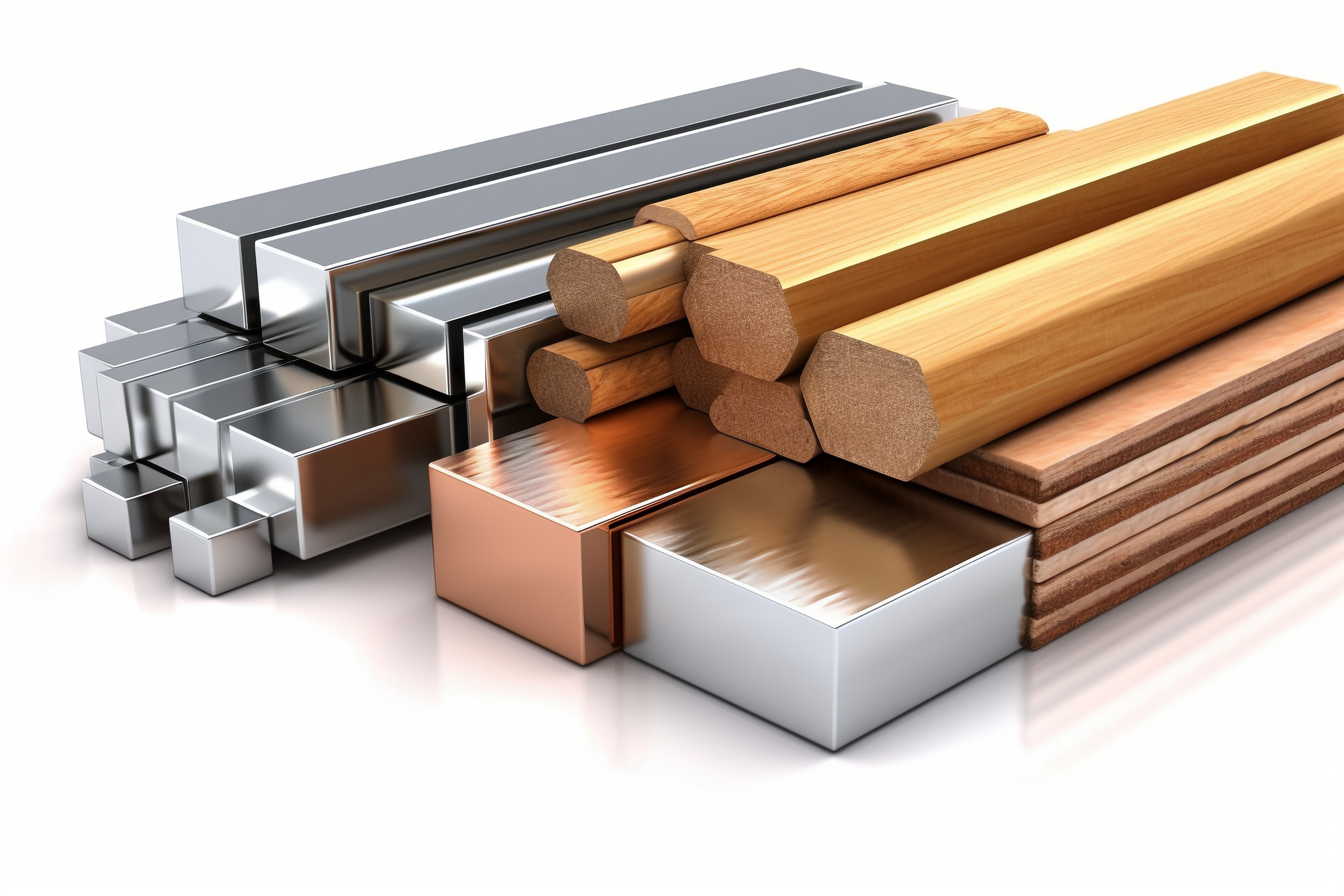
III. Structural Design
Enclosure strength and stability
Design a reasonable structural framework to ensure that the enclosure has sufficient strength and stability. In the field of construction machinery, the control box enclosure of a large tower crane needs to withstand strong wind and vibration. Therefore, methods such as adding stiffeners, flanging, and welding can be used to enhance the structural strength to ensure that the enclosure will not deform or be damaged in harsh working environments and protect the normal operation of the internal equipment. For the enclosure of some precision instruments, although the external forces are relatively small, a stable structure is still needed to ensure the accuracy of the instrument is not affected.
CHNSMILE has a professional technical team in structural design and can create a sturdy and stable enclosure structure according to the needs of different application fields. Whether it is an industrial equipment enclosure that bears heavy loads or an instrument enclosure that requires extremely high precision, it can provide reliable structural design solutions.
2. Connection method selection
The main connection methods for sheet metal enclosures are welding, riveting, and bolt connection. In the field of automobile manufacturing, the sheet metal enclosure parts of the car body may use welding connection because welding connection has high strength and can ensure the overall rigidity and safety of the car body. In the assembly of some electronic equipment enclosures, riveting or bolt connection may be used for ease of maintenance and replacement of components. For example, for the enclosure of a server chassis, bolt connection is more appropriate as it often needs to be opened for maintenance and upgrade of internal hardware.
CHNSMILE will reasonably select the connection method according to the application field and usage scenario of the product to ensure that the enclosure is firmly connected and meets actual needs. While ensuring the integrity of the enclosure structure, it also considers the convenience of later maintenance and use
3. Heat dissipation design
If the internal equipment generates heat, a heat dissipation structure needs to be designed. In the field of power equipment, such as the enclosure of a large transformer, a good heat dissipation design is needed to ensure the normal operation of the transformer. A combination of heat sinks and cooling holes may be used, and the layout design should consider factors such as air convection. For the enclosure of high-performance computers, in addition to setting cooling holes, cooling fans may also be installed, or even a liquid cooling system may be adopted to ensure that the internal hardware operates within a reasonable temperature range under high load.
CHNSMILE is good at optimizing heat dissipation design and can ensure the stable operation of equipment according to the heat dissipation requirements of different application fields, avoiding performance degradation or damage due to overheating.
4. Protective design
According to the usage environment and requirements of the internal equipment, design a protective structure. In the field of military equipment, the equipment enclosure needs to have multiple protective functions such as waterproof, dustproof, shockproof, and electromagnetic interference prevention. For example, the enclosure of field communication equipment needs to use sealing strips, waterproof and breathable valves, etc. for waterproof and dustproof treatment. At the same time, shock-absorbing pads and electromagnetic shielding materials are used inside to deal with the complex battlefield environment. In the food processing industry, the design of equipment enclosures should focus on hygiene and easy cleaning to prevent bacterial growth. Smooth surface treatment and reasonable structural design are adopted to avoid food residue remaining.
CHNSMILE's protective design can effectively protect the internal equipment. According to the special requirements of different application fields, it can extend the service life of the product and ensure that the equipment can operate safely and reliably in various environments.
